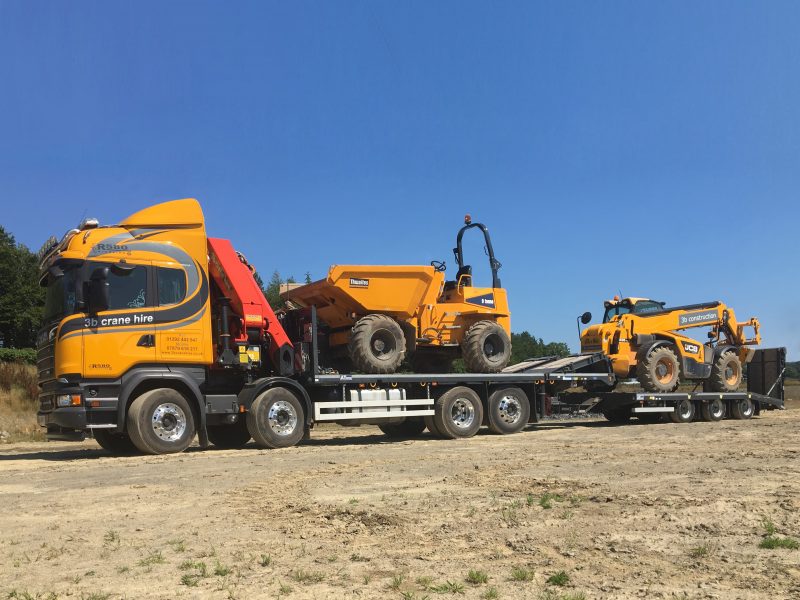I’m after some advice about loading a wag and drag.
Currently I’m running a Scania 8x2 beavertail hiab, for plant and materials. One of the jobs that I do is to move 14t excavators which will see me run at max weight.
Now we are looking at replacing the truck, it seems that getting a 15.5t payload with a crane that can lift containers is just not possible anymore. If we downsize the crane it’s not worth having, it generates a lot of work and ideally could be bigger, if we go like for like we can’t move our 14 tonners on it. We have a lowloader so it’s not a huge problem.
My thoughts are to increase the crane size to attract more work and add a triaxle drawbar trailer to make a very flexible vehicle that I believe would be very beneficial.
Now if we have a new truck weighing around 18t and a trailer weighing around 5t would it be an option to load a 14t excavator on the trailer when the truck was otherwise unladen? The truck is 12m long and the trailer would be around 6m so I think that this would be OK? Or would it be advisable to load the truck with some ballast weights?
Also if we STGO plated it could we run the rigid at design weights (36-37t) when running with the trailer?
I’ve not worked with a drag before so welcome your thoughts,




 This would be my preferred choice as I’ve ran Andover bodies for 15years and find them excellent, unfortunately the Andover option would take an eternity to get built and on the road.
This would be my preferred choice as I’ve ran Andover bodies for 15years and find them excellent, unfortunately the Andover option would take an eternity to get built and on the road.